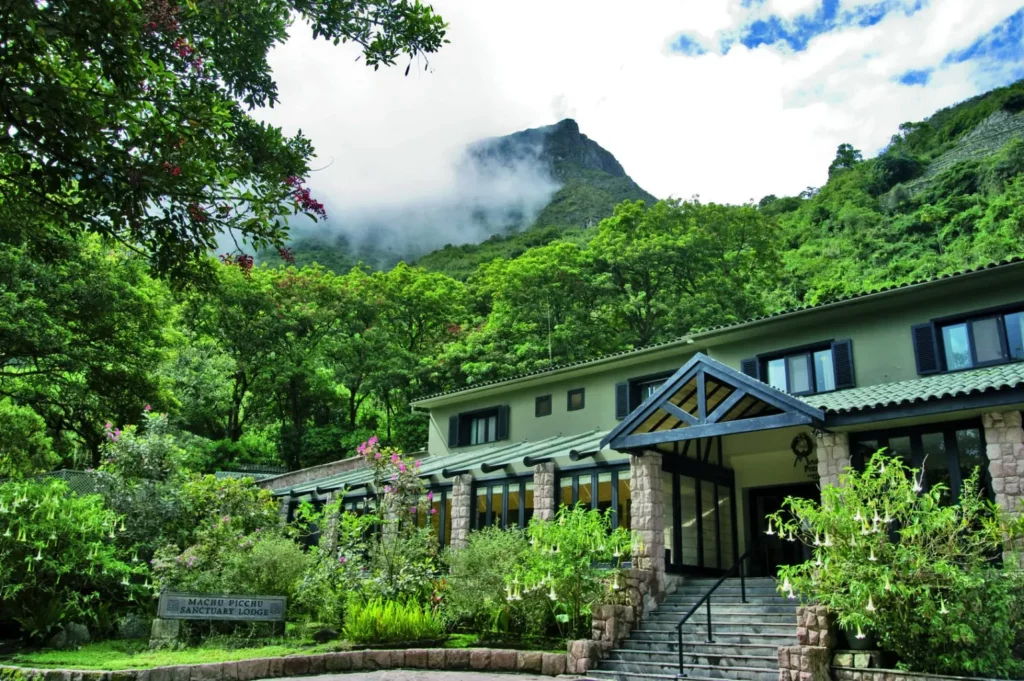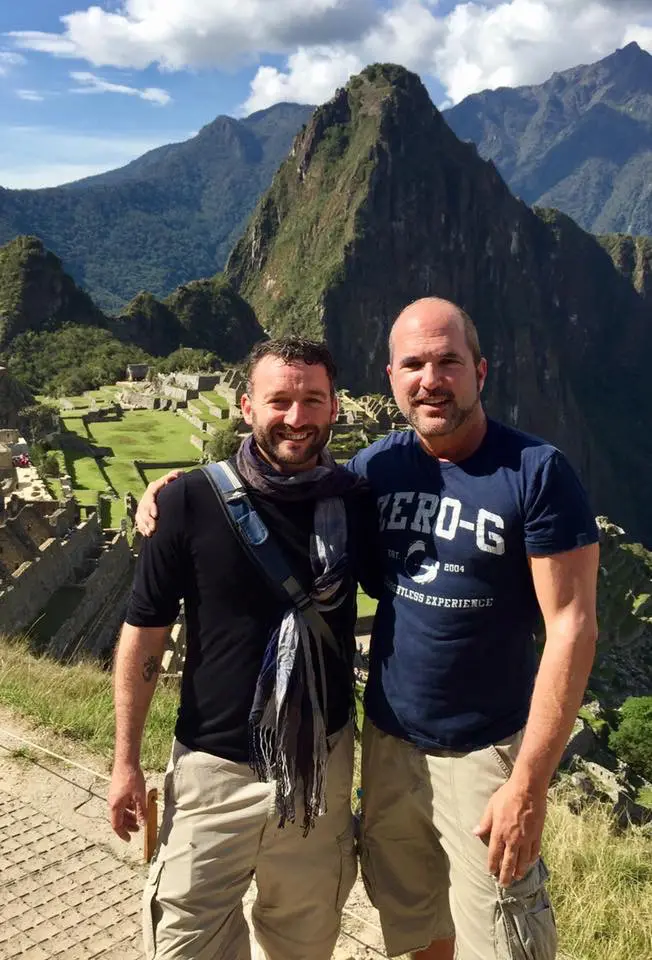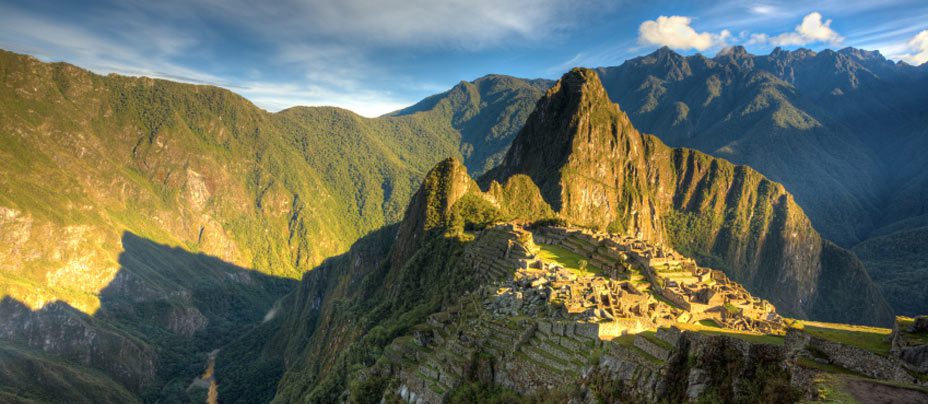There are only a few places in the world whose names alone conjure a sense of awe and longing in the hearts of travelers. These destinations have an enduring fascination, beckoning those who seek extraordinary experiences, places where history whispers in ancient stones, and nature explodes with vibrant life. The citadel of the Inca empire, Machu Picchu, and the vast Amazon Rainforest are among these legendary places.
They attract a certain kind of traveler, those who possess an adventurous spirit and a deep desire for cultural immersion. Beyond simply ticking off bucket list items, these explorers crave connection – to the past, to the natural world, and to the diverse communities who call these remarkable places home. They understand that the journey itself – the challenges, the surprises, the moments of profound awe – is as essential as the destination.
With thoughtful planning and an open heart, your Peruvian journey can be both seamless and transformative. Understanding the practicalities, local customs, and unique health considerations of these destinations allows you to focus fully on the experiences that lies ahead.
From scaling Andean peaks to navigating jungle trails, there are some essential things to keep in mind when planning a trip to Machu Picchu and the Amazon. This guide aims to provide LGBTQ+ explorers with the knowledge to fully embrace these wonders of Peru.
Machu Picchu
Pre-Planning Considerations
Visa Requirements: Check if your nationality requires a visa for entry into Peru. Information is available on official government websites.
Best Times to Visit
Dry Season (May-October): Ideal weather, but Machu Picchu is most crowded.
Shoulder Seasons (April, November): Balance of decent weather and fewer crowds.
Rainy Season (December-March): Expect downpours, but the lush greenery and potential for cheaper rates have their appeal.

Booking Accommodations and Tours
Finding LGBTQ+-friendly options ensures a comfortable and welcoming experience. While Peru is generally accepting, choosing service providers conscious of LGBTQ+ needs offers peace of mind.
Why Consider a Luxury LGBTQ+ Tour?
Luxury LGBTQ+ tours offer a level of ease, convenience, and community that can elevate your Machu Picchu adventure. A well-planned itinerary takes care of all the logistical details, from securing tickets and transportation to arranging guided tours. This frees you to fully immerse yourself in the experience without the stress of planning a trip to Machu Picchu and the Amazon as a gay traveler.

Exploring alongside like-minded travelers fosters a safe and inclusive atmosphere, where you can connect with others in the LGBTQ+ community who share your passion for travel and adventure. Luxury LGBTQ+ tours often offer unique activities or accommodations specifically catering to the community’s interests and needs.
Plus, many tour operators prioritize partnerships with local LGBTQ+-owned businesses, contributing to economic empowerment within the communities you visit.
Things to Consider when Choosing an LGBTQ+ Luxury Machu Picchu and Amazon Tour
Company Reputation: Look for well-established operators with positive reviews from LGBTQ+ travelers.
Inclusivity: Look for small group tours Machu Picchu exclusive to LGBTQ+ travelers. This ensures that the itinerary and guides are sensitive to the needs and perspectives of gay travelers.
Accommodation Options: Choose from a range of high-end lodges or boutique hotels catering to LGBTQ+ guests.
Price vs. Value: Luxury comes at a cost. Weigh the added experiences and comfort against your budget.
Cultural Sensitivity: Embracing Local Customs
While Peru is generally a welcoming and accepting country, demonstrating cultural sensitivity and respect for local customs enriches the travel experience for both you and the communities you encounter. Here are a few things to keep in mind:
- Dress and Behavior: While Machu Picchu, a UNESCO World Heritage Site, is a popular tourist destination, it remains a sacred site. Dress modestly, especially when visiting nearby communities or any religious sites. Public displays of affection, regardless of sexual orientation, may draw attention in less touristy areas.
- Learning Basic Spanish: Even a few key phrases go a long way in showing respect and effort. A simple “Hola” (hello) or “Gracias” (thank you) can make a positive difference.
- Photography: Always ask permission before photographing locals, especially in traditional communities. Some may request a small fee.
- Supporting Local Businesses: Choose local guides, dine at family-owned restaurants, and purchase souvenirs directly from artisans to support the local economy.
- Be Mindful of Your Impact: Minimize your environmental footprint by practicing responsible tourism principles. Pack out all trash, conserve water, and respect wildlife.
- Indigenous Communities: If visiting indigenous villages, follow your tour guide’s instructions regarding appropriate behavior and interactions. Be open to learning about their culture and traditions.
Safety
Planning a trip to Machu Picchu involves both general precautions and being aware of potential concerns for LGBTQ+ travelers in Peru. Here are some considerations:
Practical Safety Tips:
- Situational Awareness: Be mindful of your surroundings, especially at night or in crowded areas.
- Avoid Solo Night Walks: Opt for taxis or travel with a companion after dark, particularly in less tourist-frequented areas.
- Valuables: Don’t flash expensive jewelry or electronics, and keep your passport and important documents secure.
- Trusted Accommodation: Choose hotels or lodges with good security measures.
Remember, exercising some common-sense precautions goes a long way in ensuring a smooth trip, regardless of your sexual orientation or gender identity.
Understanding Altitude Sickness
Altitude sickness, also known as Acute Mountain Sickness (AMS), is a very real risk for many travelers visiting high-altitude destinations like Machu Picchu. Even if you’ve never experienced altitude sickness before, it’s crucial to be aware of the condition and take steps to prepare.
Altitude affects everyone differently, regardless of fitness level or previous experience. Understanding the symptoms, risk factors, and prevention methods can make a significant difference in ensuring a safe and enjoyable experience during your hike to Machu Picchu.
What is Altitude Sickness?
Altitude sickness occurs when your body doesn’t adjust quickly enough to lower oxygen levels at high elevations. As you ascend, air pressure decreases, meaning there’s less oxygen available with each breath. This can strain your body and cause various symptoms.
Symptoms
Altitude sickness symptoms range from mild to severe. Common ones include:
- Headache
- Nausea & Vomiting
- Fatigue and Weakness
- Dizziness
- Difficulty Sleeping
- Loss of Appetite
- Shortness of Breath
Risk Factors
Certain factors increase your susceptibility to altitude sickness, including:
- Rapid Ascent: Reaching high altitudes too quickly doesn’t give your body enough time to adjust.
- Underlying Health Conditions: Heart or lung problems can worsen the effects of altitude sickness.
- Previous Altitude Issues: If you’ve experienced altitude sickness before, you’re more likely to experience it again.
Prevention Strategies
- Gradual Acclimatization: The best prevention is allowing your body to adjust slowly. Spend a few days in Cusco (11,152 ft.) or another moderately high-altitude city before heading to Machu Picchu.
- Stay Hydrated: Dehydration worsens altitude sickness. Drink plenty of water.
- Consider Medication: Your doctor may recommend altitude sickness medication. Talk to your doctor before planning a trip to Machu Picchu so you can have the medication handy.
Dealing with Symptoms
- Rest at Lower Altitude: For mild symptoms, descending even slightly can provide relief.
- Over-the-Counter Medications: Ibuprofen or acetaminophen can help with headaches.
- Seek Medical Attention: If symptoms worsen or include severe shortness of breath, confusion, or difficulty walking, seek immediate medical help.
The Amazon
The Importance of Responsible Tourism
The Amazon Rainforest is often called the “Lungs of the Earth” for a reason. This biodiverse wonder plays a vital role in regulating global climate and safeguarding countless species. As travelers, we have a responsibility to minimize our impact and support tourism practices that prioritize conservation.
- Choosing Eco-Conscious Lodges and Tour Operators: Seek out options with proven commitment to sustainability. Look for certifications, partnerships with local communities, and strict environmental practices.
- Minimizing Environmental Impact: This means following the principles of “Leave No Trace”:
- Pack out all trash – even those biodegradable banana peels!
- Stay on designated trails to avoid damaging fragile ecosystems.
- Respect wildlife – observe from a distance and never disturb animals.
- Conserve water and energy whenever possible.
- Sustainable Souvenirs: Avoid anything made from endangered plants or animals. Support local artisans by purchasing handcrafted items instead.
Why It Matters: Responsible tourism isn’t just about feeling good. It’s about ensuring that future generations can experience the Amazon’s magic. By making mindful choices, we support businesses that put the rainforest’s health first and contribute to its long-term protection.
Safety & Health
Preparing for your Amazon adventure goes beyond packing the right gear. Taking steps to protect your health and staying safe in the jungle environment are essential.
- Vaccination and Preventative Medications: Consult your doctor well before your trip. Required vaccinations may include Yellow Fever, and your doctor may recommend preventative antimalarial medication depending on the region you’re visiting. You can also check on the CDC’s website for more information on health considerations when traveling to Peru.
Jungle Environment Tips:
- Sun Protection: Sunscreens, a hat, and lightweight, breathable clothing are crucial.
- Hydration: Drink only bottled or filtered water to avoid waterborne illnesses.
- Insect Repellent: DEET-based repellent or natural alternatives are a must against mosquitoes and other biting bugs.
- Trust Your Guide: Local guides know the potential hazards and how to avoid them. Follow their instructions carefully.
Addressing LGBTQ+-Specific Health Concerns
- Remote Areas: Access to specialized medical care or LGBTQ+-supportive services may be limited in remote areas. Pack any necessary medications and research potential support networks beforehand.
- Discreet Packing: Consider discreet labeling of essential medications.
- Be Prepared: Bring a list of any medications you take, along with their generic names, in case you need refills.
- Travel Insurance: Ensure your policy covers any potential medical needs, including evacuation if necessary.
Embrace the Adventurer in You
The whispers of ancient civilizations and the vibrant pulse of the jungle call to you. Machu Picchu and the Amazon hold the promise of extraordinary experiences that ignite the soul. Let your adventurous spirit lead the way, embracing the surprises and challenges that make travel so enriching.
Remember, the most rewarding journeys are those undertaken with respect and responsibility. By choosing sustainable practices, supporting local communities, and leaving a minimal footprint, you help preserve the beauty and integrity of these remarkable places for future explorers. Let Peru’s wonders amaze you, and let your travels be a force for good.


Call Us: 305-672-9779